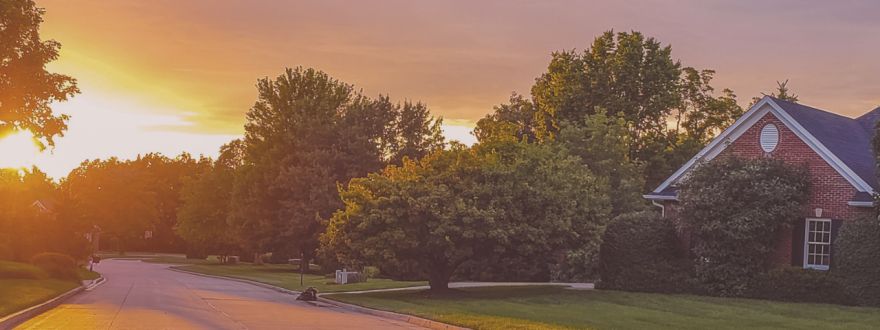
For many homeowners, navigating through home insurance in Kansas can seem overwhelming. With various terms, conditions, and exclusions, it's crucial to understand what your policy entails to ensure you are adequately protected. This guide will break down the essential elements of home insurance policies, helping Kansas homeowners make informed decisions.
Home Insurance Key Terms Explained
- Deductible: This is the amount you pay out of pocket before your insurance coverage kicks in. Choosing the right deductible can affect your premium and your financial responsibility during a claim.
- Premium: The premium is the amount you pay for your insurance policy. This can be influenced by your home's location, value, and the type of coverage you choose.
- Liability Coverage: This protects you in case someone is injured on your property and sues you for damages. It's crucial to have enough liability coverage to safeguard your assets.
- Depreciation: The decrease in value of your property and possessions over time due to wear and tear or obsolescence.
- Additional Living Expenses (ALE): Covers the extra costs of living away from home if you cannot live there due to damage from an insured disaster. This can include payments for hotels, meals, and other expenses above your customary living expenses.
Understanding Policy Limits and Exclusions
Every policy has its limits and exclusions, which set the boundaries of coverage and highlight scenarios where a standard policy won't provide benefits. For instance, most standard policies in Kansas do not cover floods or earthquakes. Homeowners in high-risk areas might need to consider additional policies, such as flood insurance through the National Flood Insurance Program or earthquake insurance policies, to ensure full coverage.
Additionally, standard home insurance policies typically exclude coverage for routine wear and tear, intentional damage, and damage from certain pests like termites and rodents. It's also common for policies to have specific limits on high-value items such as jewelry, artwork, and collectibles, which may require additional riders or endorsements to fully protect their value.
Understanding these exclusions and limits is crucial for homeowners to avoid unexpected financial burdens. It's advisable to review your policy details or speak with an insurance professional at Peachey Insurance to discuss any potential gaps in coverage and explore options for additional protection tailored to your specific needs.
Replacement Cost vs. Actual Cash Value
- Replacement Cost: This coverage pays for the cost to replace your damaged or stolen property without deducting for depreciation. For instance, if you needed to replace a television, but the exact model is discontinued – this coverage would pay for the most applicable replacement.
- Actual Cash Value: This compensates you for the value of the damaged property after accounting for depreciation. While premiums may be lower, the payout may not fully cover the cost to replace or repair the items.
Understanding these terms and how they apply can provide peace of mind and prevent surprises during claims. At Peachey Insurance, our experts are ready to help you navigate through your policy options, ensuring that your home in Kansas is protected against unforeseen events.
